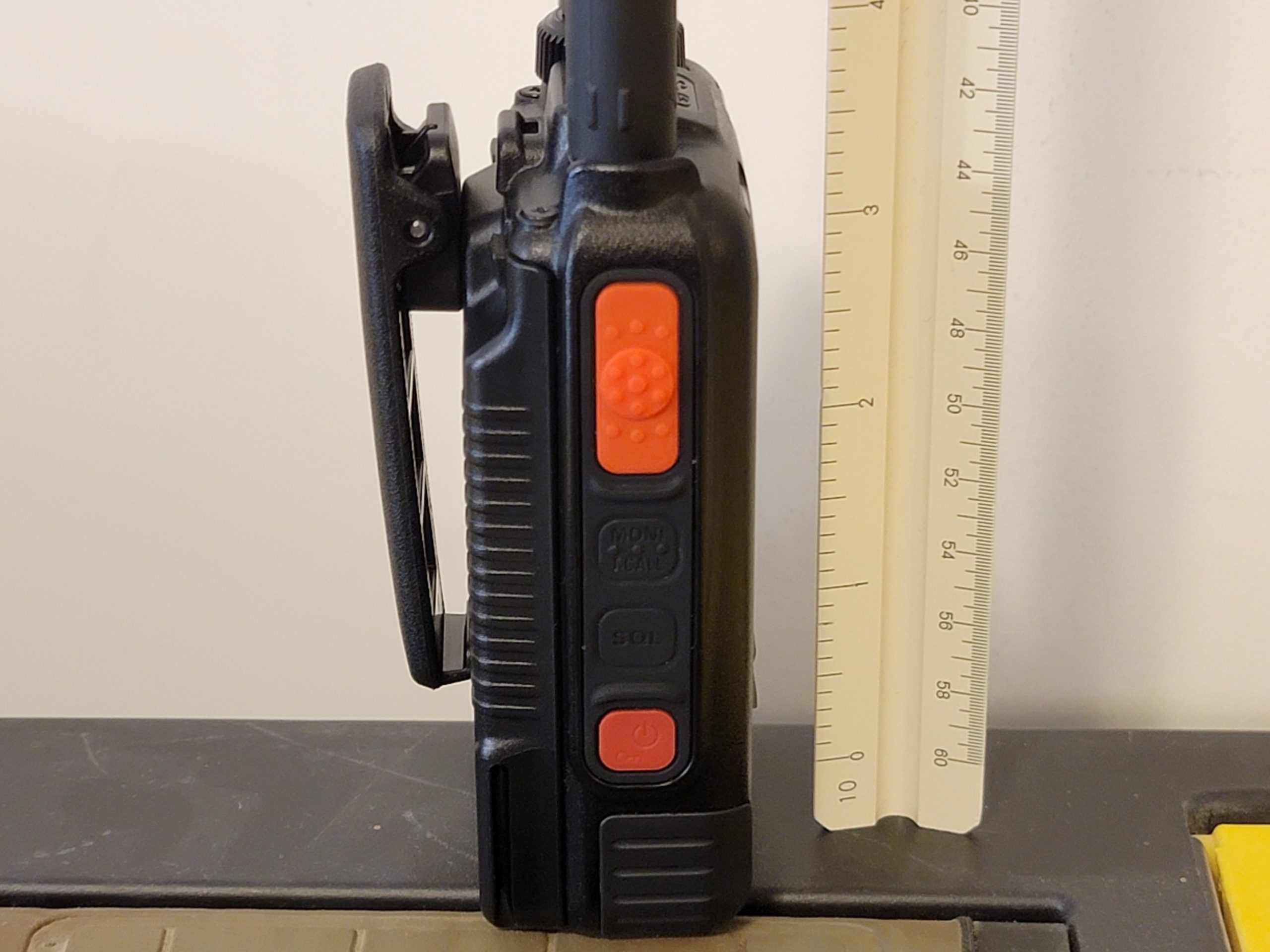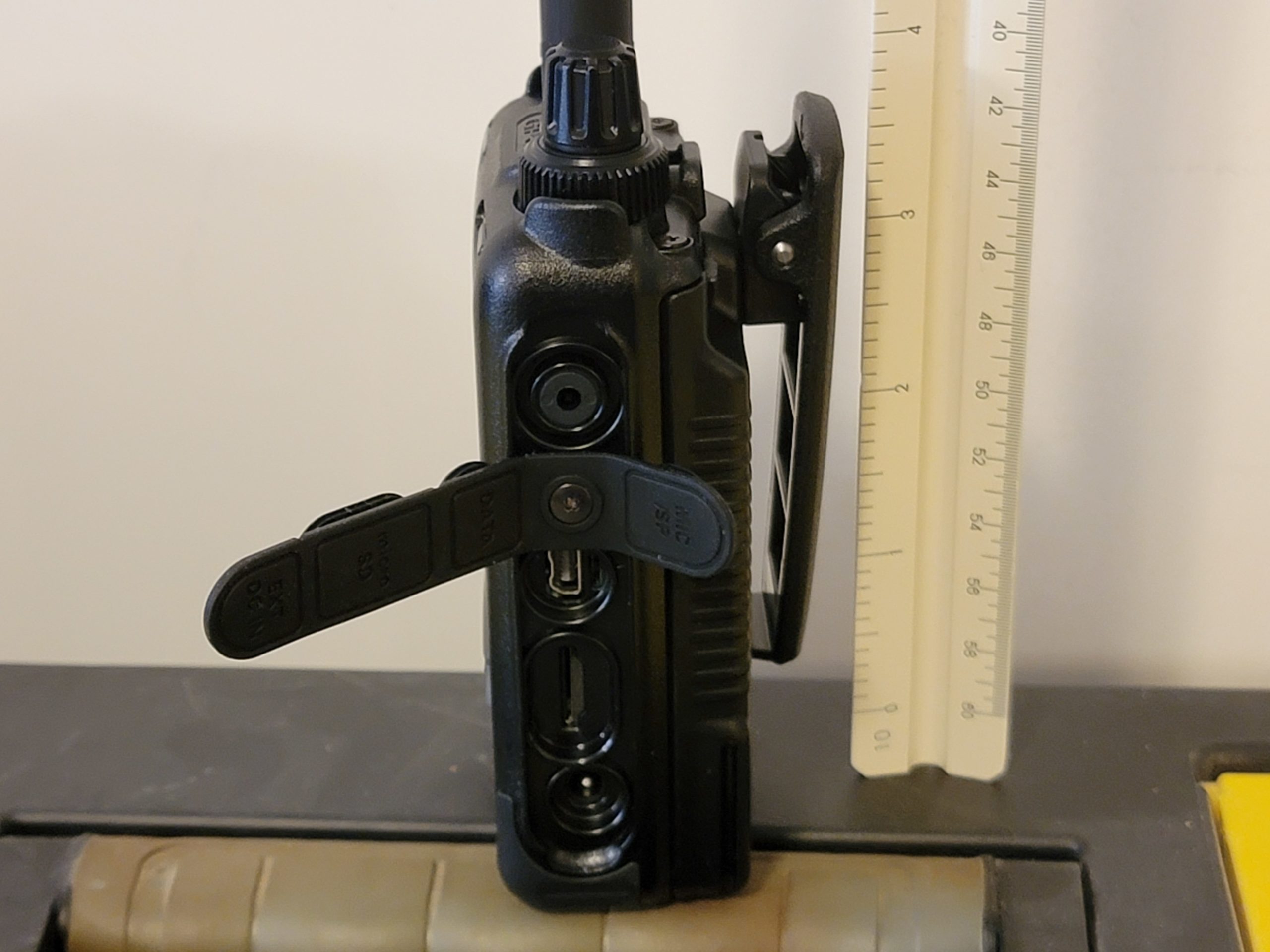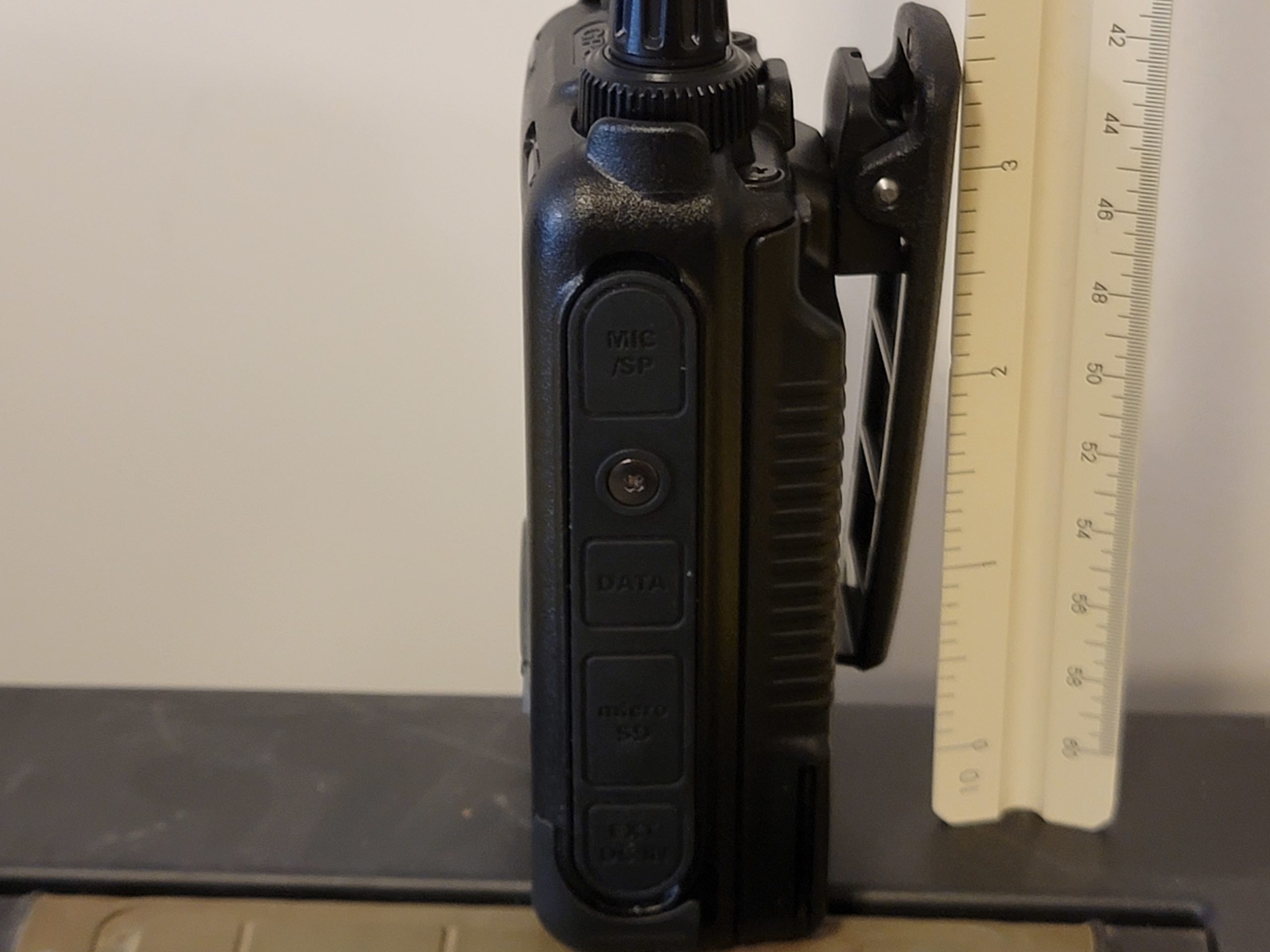I will try to keep this high level as I’ve only owned this radio for a month. I’ve been out of the HT market for a while. Being satisfied with my old, out of production Kenwood TH-F6 This a touch screen radio which supports Yeasu Wirex-X and APRS.
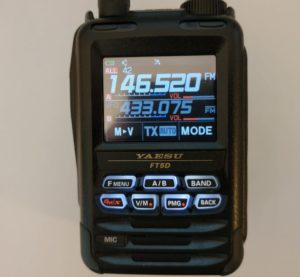
For those who are not familiar, APRS (Automatic Position Reporting System) is a packet radio reporting system used primarily for weather and position data. In the case of the FT5D it uses the built-in GPS to report this data. I have a son who recently tested and received his technician license and thing this would be a neat tool to leverage outdoors. As a family we enjoy hiking and camping a lot. Being 6 of us sometime spread out and having this feature would be nice for practical and piece of mind issues. Some of the better places for hiking usually have poor cell phone coverage. Granted, it doesn’t send this data to me directly – you need to track it on aprs.fi which plots the data it receives on a google map. Keep in mind nothing in amateur radio is private. You could argue it is obfuscated not never private. Each packet of information beaconed from an APRS device includes a FCC callsign. I’m not certain why all newer HT and mobile radios in the amateur space doesn’t have such functions APRS. These days GPS receivers are cheap and the rest is handled in the software.
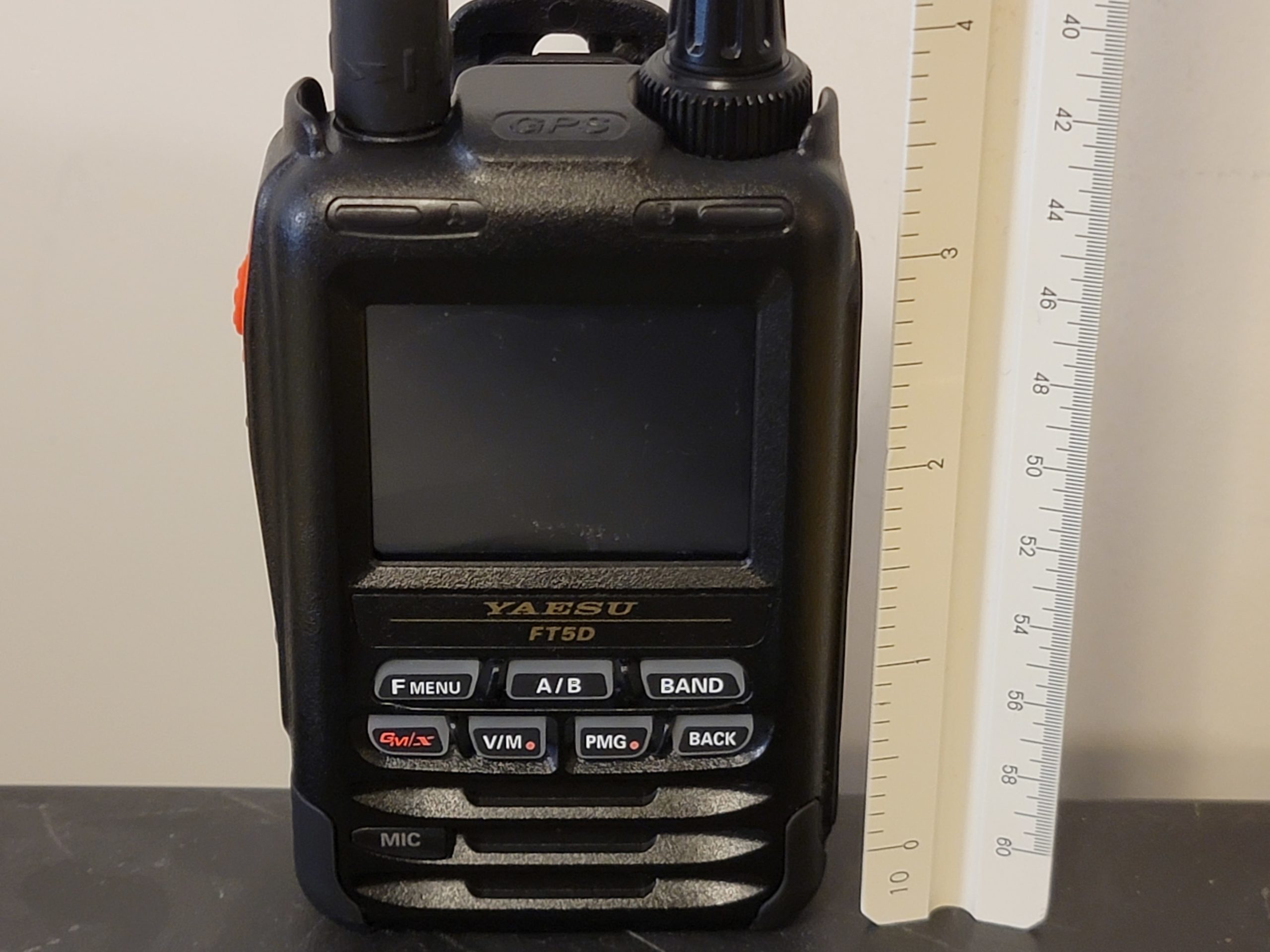
The operation and configuration menu system is excellent. It is easy to read with large touch screen buttons. Since my newest radio, besides the BaoFeng UV5R, was the previously mentioned Kenwood this is a big leap. You can see it outside in full light. If you find yourself using it in the dark you can also adjust the brightness however this is not automatic. Comparing it to the beauty and clarity of a smart phone is not entirely fair for the price. While I would love to have Samsung S21 Ultra sized HT, it is probably not economically viable for the size of amateur radio market. I don’t claim to understand the ins and out of amateur radio economics but it would seem reasonable to me that 10+ year old smart phone technology would be sufficiently cheap for a HT radio. After unboxing, I forced myself to program in 40 local repeaters on 2m and 70cm without using the PC software (cable provided, download software on Yeasu’s website). Setting up the radio not smart phone level intuitive – they could have been – but after reading the manual and a few videos on YouTube you get the rhythm down pat. The manual which comes with the radio is incomplete. The text references two additional guides for APRS and ‘advanced’ users guide on the Yeasu website which together make consist of about 100+ pages of material. Overall I’m pleased with the purchase. I’ve had a few QSOs on a local repeater (10 miles away) without issue using the stock antenna from inside my house. It performs on par with my Kenwood.
Water Resistance
Yeasu claims IPX-7 water resistance (submerge 1 meter for 30 minutes) but I am not brave enough to test it. If this was a $25 Chinese radio I would but at the price paid I’m not feeling terribly bold. A lot seems to hinge on the proper replace of the rubber port covers. Also note that typically manufacturers do not cover salt water in these claims. Wikipedia has a good break down the IP codes if you are interested.
Battery
The battery supplied (SBR-14LI) is a 2200 mAh battery and the largest OEM battery for currently for sale for this radio. On page 17 of the supplied manual it states the battery would perform for 9.5 hours on 2m and 8 hours on 70cm. The usage cycle for this calculation (not sure if would be considered duty cycle) 6 seconds transmitting at 5 watts, 6 seconds of receiving with the volume at level 16 and stand by for 48 seconds. This “level 16” value is not displayed on the radio UI. I assume it is 16 ticks from 0 level using the outside dial volume adjustment or roughly 50% of the total volume.
This radio could also be used with another OEM accessory that allows you to use AA alkaline batteries. Using the same usage formula above the AA adapter, Yeasu model SBA-39, will give you 12 hours on 2m and 11 on 70cm. with three AA batteries. It is nice to have a second option for emergency preparedness where mains power or a generator may no be available. I have the Kenwood equivalent accessory for my TH-6A. Like the Kenwood doubt it wouldn’t agree with rechargeable AA batteries. Rechargeable AA batteries do not supply the 1.4 volts expected by the radio. There are lithium AA rechargeable batteries that run at 1.4 volts if you wish to go this route but I don’t have experience with these. Finally the supplied clip is an odd setup. It mounts to the battery, not the radio. If you don’t plan on using the clip there is a supplied two prong rubber plug you must put in place for water intrusion. The two previously mentioned battery pack models appear to come with clips in product photos.
This radio was purchased purchased from DX Engineering in July 2022 for $459.95. With all of the supply chain craziness going on this may seem a bit inflated however this may be the new normal.
Finally, I’m not certain why Yeasu rations the photos of a product they are trying to sell. I’ve provided a few below.
